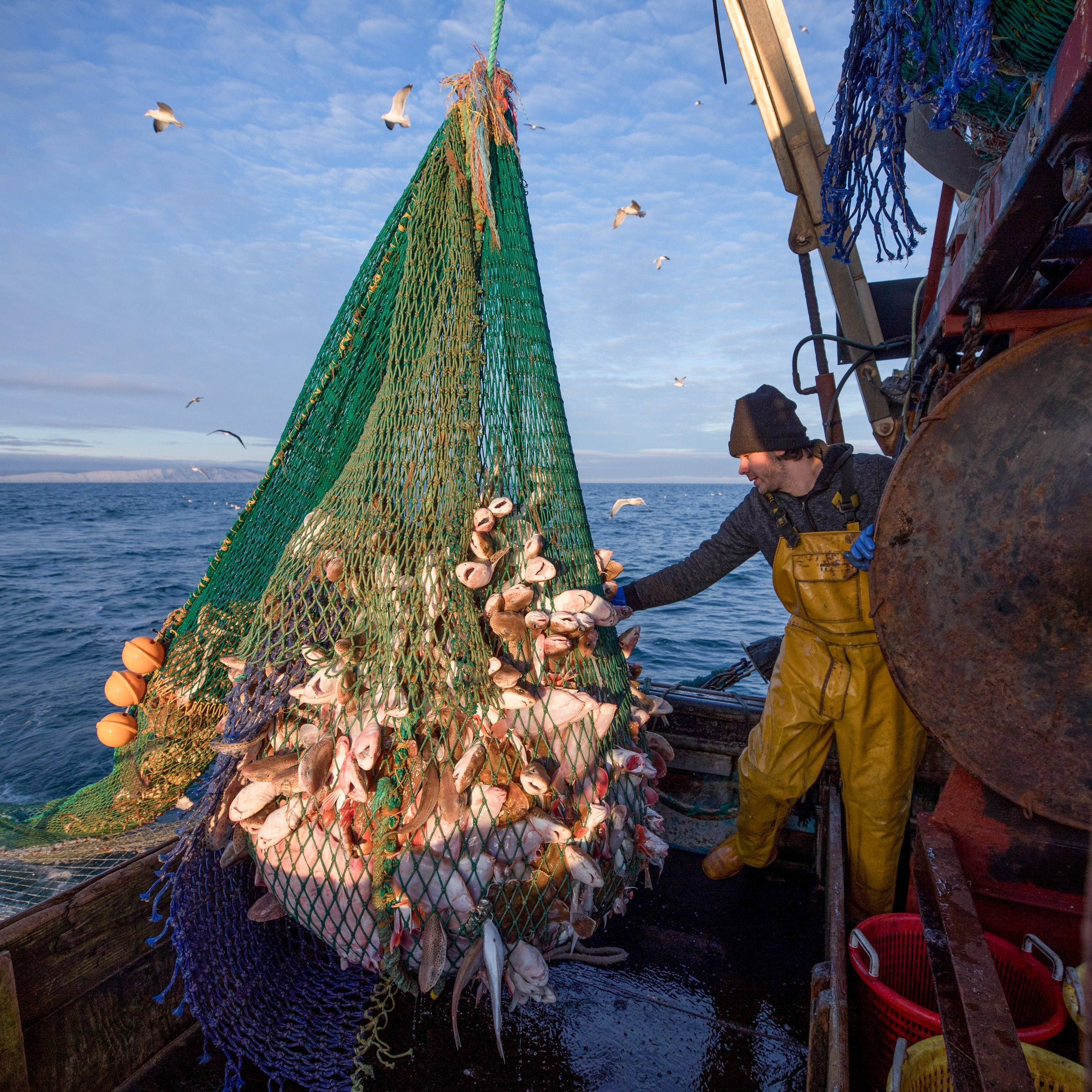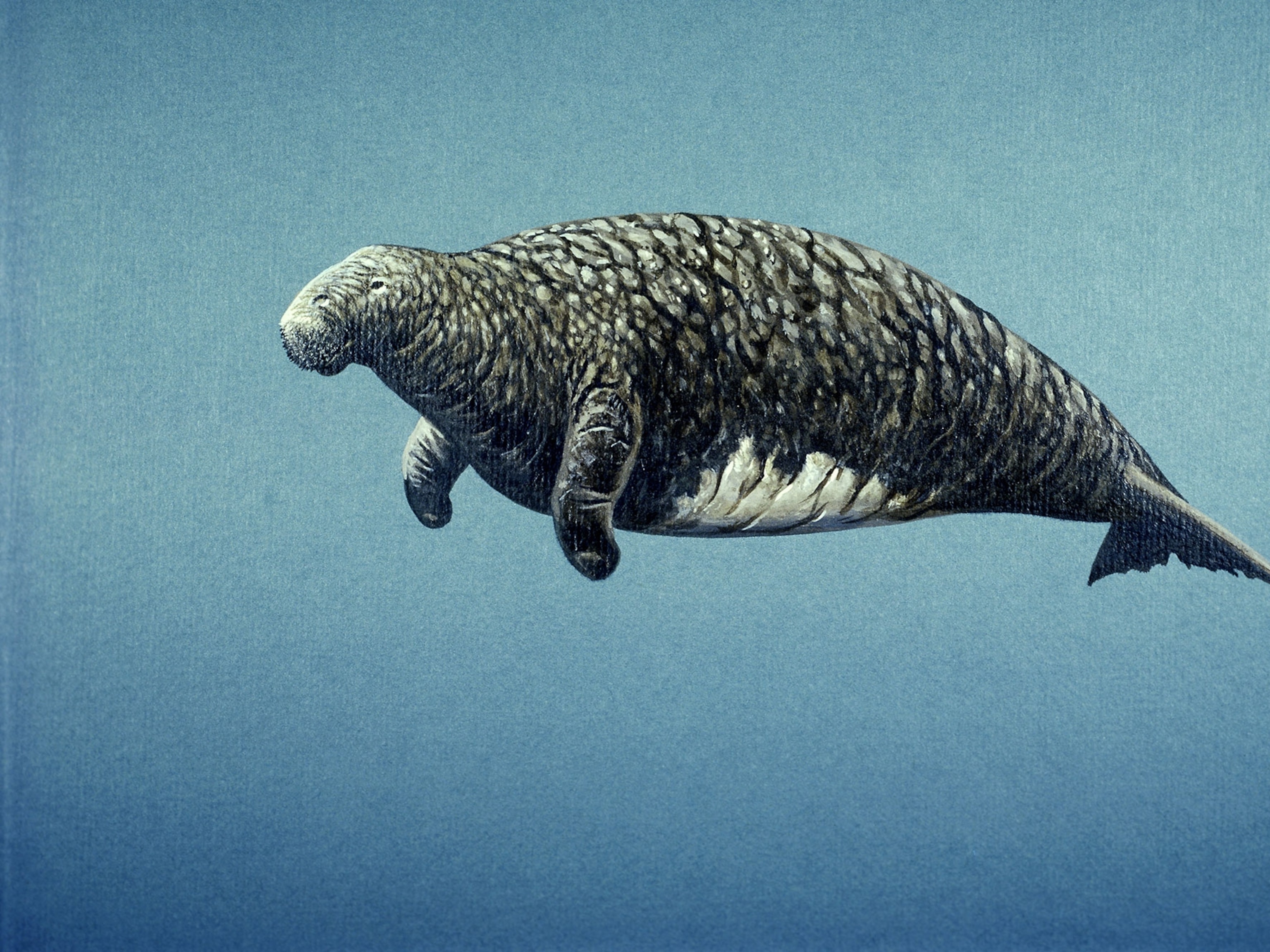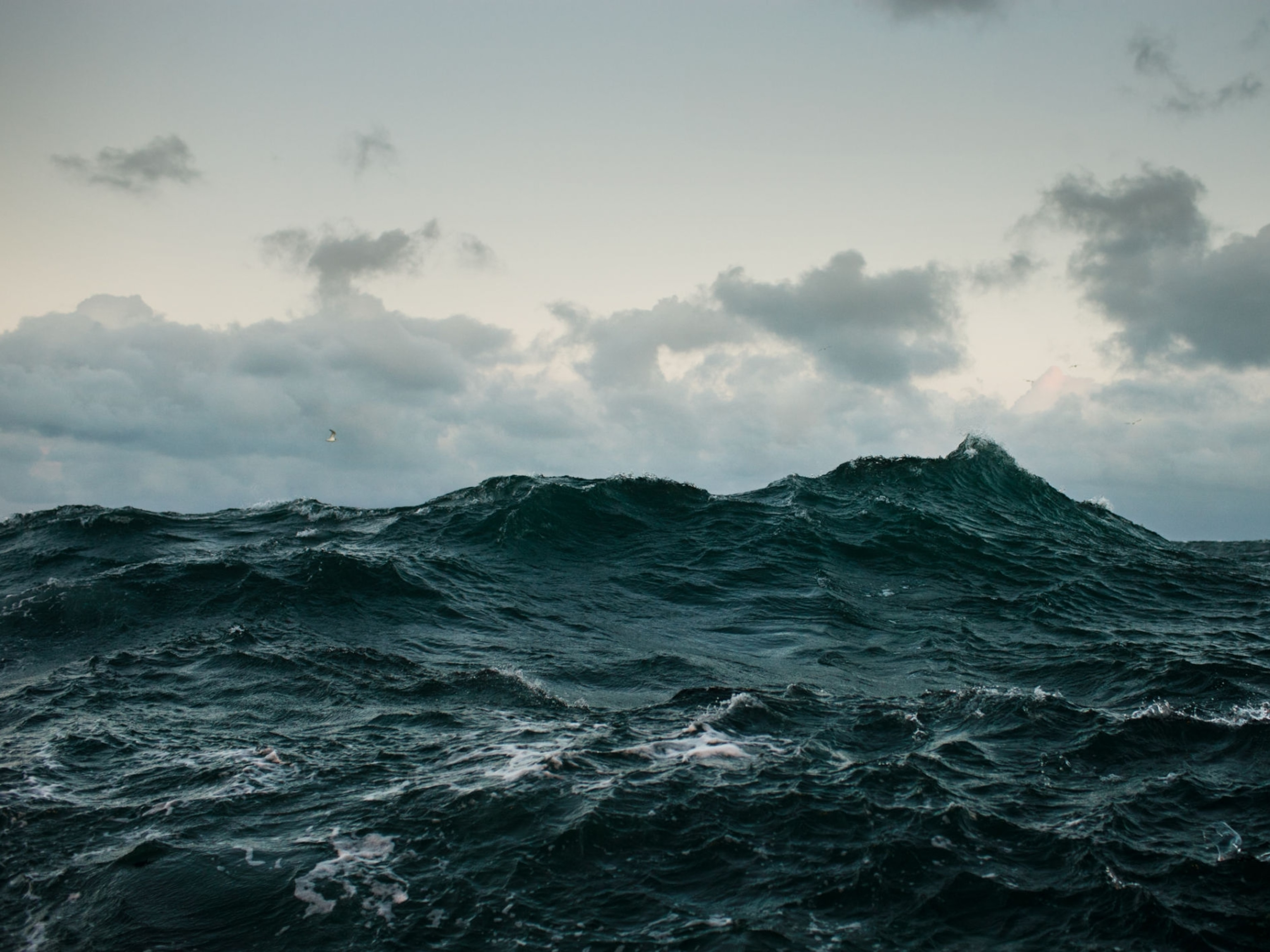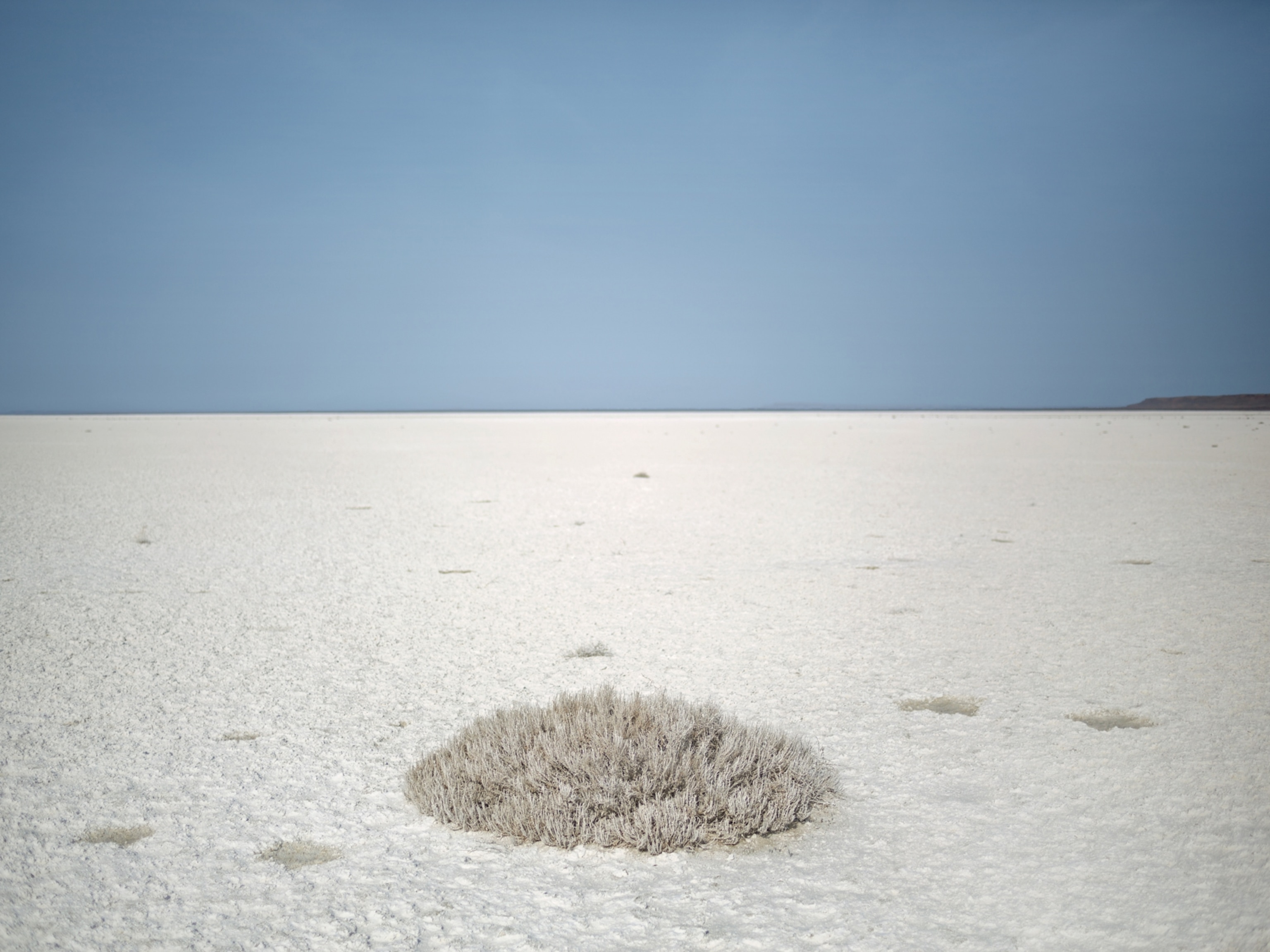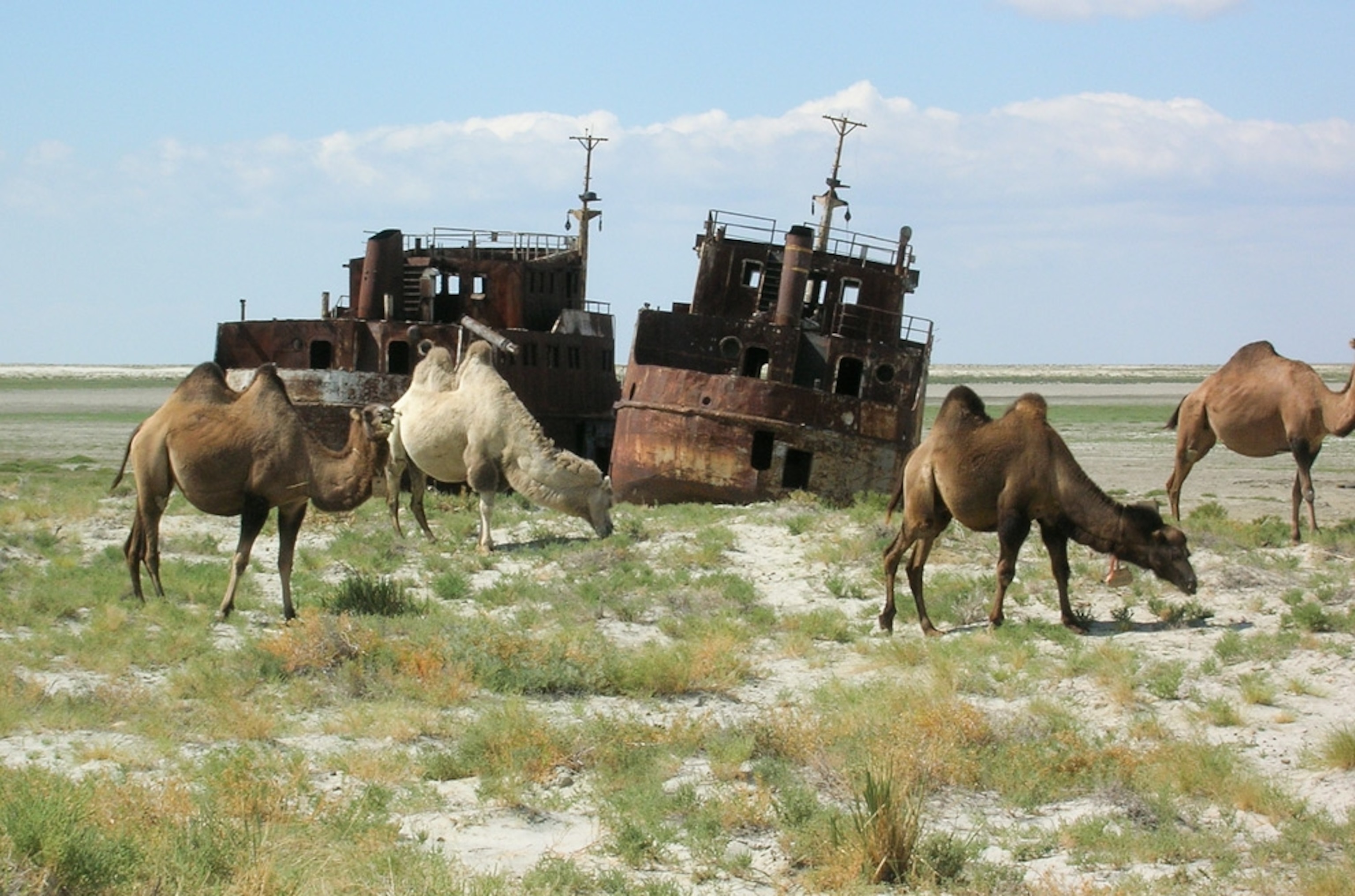
Aral Sea Recovery?
With help from the government, the World Bank, and scientists, the northern part of the Aral has started to make a recovery. There are fish in the water again, and for the past four years, fishermen have gathered to celebrate.
This story is part of a special series that explores the global water crisis. For more clean water news, photos, and information, visit National Geographic's Freshwater Web site.
One Sunday afternoon in Kazakhstan last August, three dozen fishermen met near the south end of the North Aral Sea for a celebration. They brought goats, sheep, and fish—pike, perch, and carp—as well as apples, a special treat in the Central Asian steppe. They drank beer and vodka, and the mayor awarded medals to the previous season’s best fishermen. The men had running races and throwing contests, and afterwards, they relaxed by smoking cigarettes, telling stories, and singing songs about the Aral Sea and fishing and how much they loved both.
For many years, the Aral—the infamous inland sea-turned-desert, the one historians and environmental scientists still place among the worst ecological disasters ever—gave these men nothing to celebrate. The fishery died in the 1980s, after the Soviet government drained the sea to feed thirsty cotton fields planted in the inhospitable landscape surrounding it. Once a colossal geographic feature—at 26,000 square miles (67,300 square kilometers), it was the fourth largest inland water body on earth in terms of surface area—the Aral shrank to hold just one-tenth of its original volume, becoming a tragic shadow of itself. Its fish died, the most successful fishermen left and those who remained began to starve.
(See more photos of the Aral Sea.)
But with help from the Kazakh government, the World Bank, and scientists, the northern part of the Aral has started to make a recovery. There are fish in the water again, and for the past four years, fishermen have gathered at this spot to celebrate. “People had written off the Aral Sea,” says University of Michigan geographer Philip Micklin, a National Geographic grantee who has been studying the sea since the 1980s and still visits every few years. “Nature can come back.” But defining recovery in a place so deeply altered is a complicated proposition.
Back to the Source
The Amu Darya—historically, the Oxus—is the longest river in Central Asia, stemming from the snowcapped Hindu Kush, and twisting north through 1,500 miles of harsh steppe before fanning into a delta at the south end of the Aral Sea. That’s how it used to work, at least. In the 1960s, the Soviet Union built huge farms in the perennially arid steppe, digging long canals to water them By 1965, the Amu Darya stretched across seven million acres (three million hectares) of wheat and cotton, two of the planet’s thirstiest crops. The river’s flow fell drastically, from 28,000 cubic feet per second (793 cubic meters) to just 5,500 cubic feet (156 cubic meters).
Eventually, the Amu Darya receded from the Aral, and it now ends at a dam, about 70 miles (110 kilometers) away. (The Syr Darya, the river that feeds the Aral’s north end, also suffered from irrigation, but has maintained a tenuous connection to the sea).
When the farm boom began in the 1960s, the Aral had a commercial fishery that brought in more than 40,000 tons of fish each year, hauled from the sea by ships more than a hundred feet long. Thousands of fishermen worked the Aral, and others found jobs in processing plants, canneries and railroad yards, where train cars full of fish left daily for markets in Moscow. There were 19 villages and two cities on the sea—about 40,000 people lived in Muynak, in the south, and twice as many in Aralsk, in the north. But as the Aral shrank—to about half its original size by the mid-1980s—it receded from the harbors, forcing the fishermen first to extend their ports with deep canals, and later to use helicopters to get their catch to the processing plants on special occasions.
A Human and Environmental Health Crisis
Worse, in the early 1980s, the fish disappeared. As less freshwater entered from the rivers, the Aral, which had always been brackish, became increasingly salty. Salinity climbed from 10 to 30 grams per liter, almost as briny as the ocean. All 24 species of native fish vanished, and almost overnight, the fishing industry collapsed. The most skilled fishermen abandoned their ships on sandbars as the Soviet government transferred them to other fisheries on the Caspian and Baltic seas. In some places the rusty ships remain, grim reminders of how quickly the industry dissolved.
The people who were left behind struggled to feed themselves in a landscape that had turned suddenly hostile. At full size, the Aral had acted as a giant climate buffer, and as it shrank, the summers got hotter and the winters colder. Left behind was a salt flat close to 200 miles (300 kilometers) wide, infused with pesticides from decades of agricultural run-off. Every few weeks, violent dust storms kicked hundreds of tons of salt, sand, and chemicals into the air, and into people’s lungs. Throat cancer and respiratory disease became common, and with no reliable protein source in the absence of fish, thousands became anemic. Infant mortality rose to 60 in 1,000, then the highest in the Soviet Union.
In the late 1980s, as its people continued to suffer, the Aral split in two, becoming what’s now known as the North Aral—small but moderately deep—and the South Aral, whose deep western side and shallow eastern side have separated into two distinct water bodies.
From Wasteland to “a Place for Pleasure”
After the Soviet Union collapsed and Kazakhstan became independent in 1991, glimmers of hope appeared for the North Aral’s recovery. The mayor of the town of Aralsk followed scientists’ advice and built a makeshift dam, isolating it from the South Aral and retaining the entirety of the Syr Darya’s meager discharge. The dam had collapsed several times, and two men had been killed—but during the years that the dam stood, the North Aral had crept up. “That dam,” says Joop Stoutjesdijk, the World Bank officer assigned to the Aral region, “showed us that something could be done.”
By 2005 the World Bank and the government of Kazakhstan had designed and built a permanent eight-mile (13-kilometer) dam intended to raise the North Aral by about 13 feet (four meters), several feet shy of the level needed to refill Aralsk’s harbor, but deep enough to drop salinity and allow native fish to repopulate the sea. The $85 million project also improved irrigation structures upriver from the Aral.
Stoutjesdijk had guessed the water wouldn’t rise to the top of the dam for another five years, but within eight months, it was pouring over the spillway. The North Aral grew by 20 percent, and today salinity is at 14 grams per liter, not far from 1960 levels. Soon native plants, stifled for years by the saltwater, began to sprout, and migrating birds like pelicans, flamingos, and ducks again began to visit the Aral. Nowadays, “It’s a paradise for birds,” says Russian Academy of Sciences zoologist Nick Aladin, who has been studying the Aral since the 1970s. “It’s a place for pleasure, and it’s an enormous victory.”
“For Now, They Will Fish”
Most importantly, though, freshwater fish like pike, perch and carp, which took refuge in the Syr Darya, have returned to the Aral, and in 2008 fishermen caught roughly 1,500 tons (1,360 metric tons) of them. Mostly, the men are selling locally, but they have shipped some fish to Russia and Georgia. Two fish processing plants operate in Aralsk and a third, with a capacity of 6,000 tons a year, is under construction. Middle-aged men and women who left the region when they were young are starting to return for the fishing, and they’re building houses. Billboards announcing the Aral’s return stand beside a new hotel.
But vast parts of the Aral have been lost forever. Micklin, the Aral geographer, says he checks online satellite photography of the sea routinely—and he fears the shallow eastern basin of the South Aral, which has shrunk drastically since it detached several years ago from the Amu Darya, may finally dry up completely this summer.
To be sure, progress has been limited, but the president of Kazakhstan, Nursultan Nazarbayev, has said he hopes Aralsk can become a tourist destination. In 2008 he stood on the dam near the town and committed to a five-year, $250 million project that will guide the North Aral, still 12 miles (20 kilometers) away from the city, back to the harbor through an elaborate system of locks and dams. The World Bank will help, but most of the cost will fall on the government, which happens to be flush with cash from its oil fields: Kazakhstan is expected to double oil output and become one of the world’s top 10 oil-producing countries by 2020. With the government’s help, some say the water could bring more than just fish to the city. Locals imagine hotels, cafes, and nightclubs.
But Stoutjesdijk is skeptical of bold claims about Aralsk’s recovery: “I don’t see people coming from Almaty to start businesses or to swim in the Aral Sea.” He says recovery will come slowly, and the progress of the fishermen suggests that’s true. According to Zhannat Makhambeto, a Kazakh who helps organize the local fishermen, there are only a couple hundred people fishing commercially, and of them, only a handful are doing it full-time. In a place where the most valuable fish—say, a hearty pike-perch—might be worth just 50 cents after expenses, even the professionals are barely scraping by. Similarly, Makhambeto says the four processing plants in Aralsk together employ only about a dozen people. Aralsk may have more fish today than it did a decade ago, but it’s still one of the poorest places in Kazakhstan.
Nonetheless, while their president talks about attracting tourists to the city, Aralsk’s fishermen are relishing the simple pleasure of casting their nets. “For now,” Stourjesdijk says, “they will fish.” And for now, fishing is plenty.

